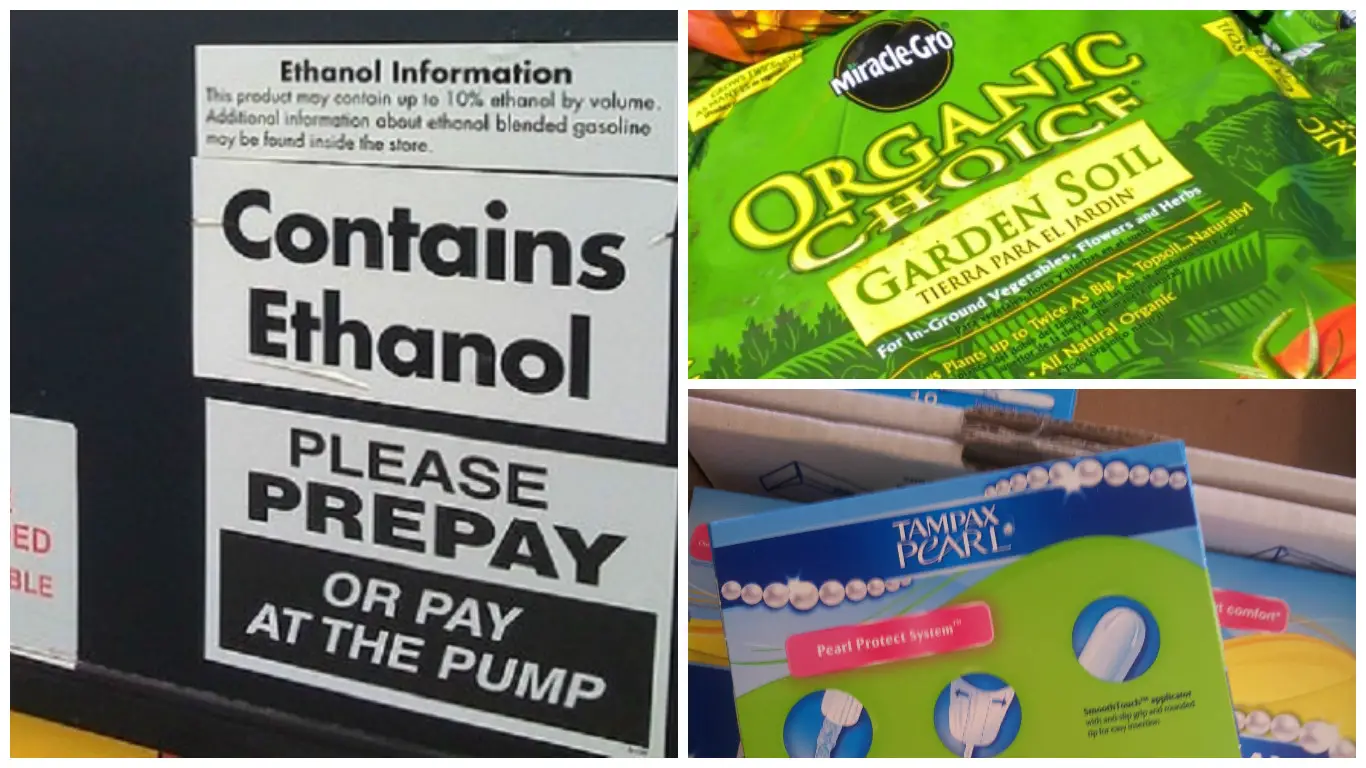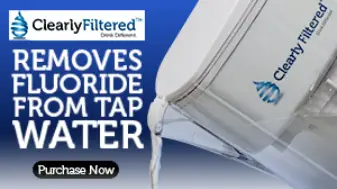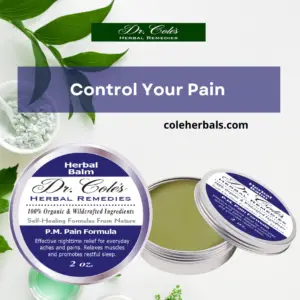
Monsanto connections can be found in many everyday products.
As the international March Against Monsanto looms on May 21, more and more people are finding out the truth behind the company and the ongoing GMO experiment.
Even as several countries in Europe ban GMOs and America fights for mandatory labeling, new GM technologies and products are constantly being created and brought to the consumer without proper transparency.
This is a debate that ultimately will be settled by the consumer, and thus far the non-GMO side is winning handily.
That being said, there are still several ways most people support Monsanto every day without even knowing it that must be addressed.
Here are the top 5:
1. Monsanto-Approved Seeds-
The Monsanto Company is highly involved not just in commercial seeds for farmers but also direct-to-consumer sales.
Some of the top brands may be affiliated with Monsanto or buy seeds from the Monsanto-owned Seminis distribution company.
Therefore it’s best to go straight to the source and buy from reputable heirloom companies such as High Mowing Organic Seeds, Baker Creek Heirloom seeds, Heirloom Solutions, Seed Saver’s Exchange and more (see list here).
2. Monsanto in Your Wardrobe-
Cotton is one of the “dirtiest” crops in the world when it comes to pesticides, and virtually all mainstream clothing is made with non-organic and mostly GMO cotton.
Supporting the mainstream cotton industry is lining Monsanto’s pockets in the long run — consider adding more clothing made from eco-friendly materials like bamboo, organic cotton, and even hemp to your wardrobe.
3. Monsanto in Your Personal Space-
Speaking of cotton, it was recently revealed that as many as 85% of tampon samples from major brands contain glyphosate, the main ingredient in Roundup recently declared a probable human carcinogen by the World Health Organization. Needless to say this is a good place invest money in an organic alternative.
4. Monsanto in Your Garden- Monsanto has not only found its way into school gardens (and even classrooms) through its charitable donations, but it also is finding its way into gardens across the country through an unlikely source.
While technically not a part of Monsanto themselves, the Scotts Lawncare company acts essentially as the residential arm of Monsanto because of the countless pounds of toxic glyphosate and Roundup they spray in local neighborhoods.
Scotts Miracle-Gro is even promoting organic soils and fertilizers now (or products that just seem organic), and yet few people realize they just signed a lucrative $300 million contract with Monsanto themselves.
5. Monsanto in Your Gas Tank-
Our dependence on fossil fuel is bad enough, but few people realize what a huge percentage of GMO corn goes to create ethanol. Only 11% of GM corn in the U.S. goes into food products (so much for “feeding the world!”) according to GMO Free USA — most goes to ethanol or animal feed.
Therefore if you’re buying conventional meat, or filling your car up with ethanol, you’re likely supporting Monsanto more than you’ve ever realized.
That’s the bad news. The good news is that we can put a serious dent in Monsanto’s bottom line simply by changing these habits in the coming days and months. There’s no better time than now.
Thanks for reading! Please share to help spread the word. You can also subscribe for more updates in your inbox by clicking here.
Thanks for installing the Bottom of every post plugin by Corey Salzano. Contact me if you need custom WordPress plugins or website design.




